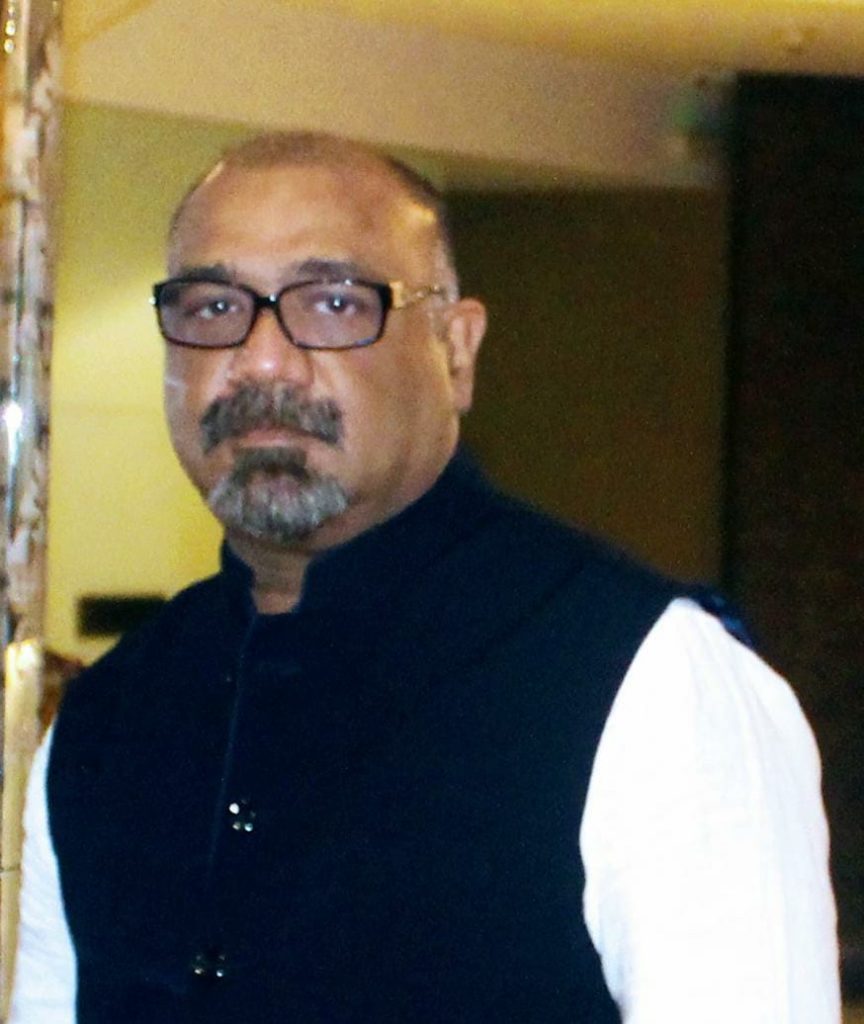Central Bank of India, introduces online process for deceased claim settlement within three days
Being Vocal via Local – The Rise of Indian Made Social Media Platforms
Published on June 9, 2021

For someone to truly grasp the sheer scale of the Indian Social Media landscape, they need to look at it by dividing it into three eras – the world before 2016, the time between that and of course, the world post the pandemic. As a concept, Social Media came to Indians as the natural successor of Instant Messaging apps and caught on pretty steadily. But despite the sizeable number of users, it was still a drop. There was gatekeeping to a certain extent that kept the ‘natives’ away from sanitized, westernized spaces like Instagram and Twitter.
The moment prices of both data as well as devices started to fall, a new crop of Social Media users entered the fray. Ones, who were creative, curious and constant in their usage. Armed with smartphones and short video content apps, both made in China, these first time, mostly Tier-3 users caused a fair amount of disruption in the Social Media space, and were soon encroaching on ‘established’ spaces like Facebook and Twitter. As the pandemic hit, these users have become significant enough for India Inc. to take notice and build platforms specifically for them. Once the government banned many Chinese based apps, their Indian counterparts were more than happy to fill the void. Today, some homegrown platforms have numbers worth boasting about & for brands, these platforms are the launch pads to take your products to the hinterlands of the country.
Most, if not all Indian made Social Media apps provide some form of creation tools to the users. From video editing to photo filters and frames, the apps empower users to create as well as share on said platforms.
One of the most successful homegrown apps of this year has been MX Takatak, which clocked in close to 36.5 million downloads in February of 2021. Apart from short videos, one of its major drivers has been the use of celebrities from Bollywood and the South to create short clips. The first Indian alternative to Tiktok, which was Chingari caused quite some noise when it entered, but it has simmered down with the entry of newer alternatives. But despite that, it sees an average of 4, 70,000 daily active users.
A lot of Indian social media platforms have banked on a sense of nationalism to attract more users towards them. Koo is probably the most resounding example of this phenomena. Its emphasis on vernacular language and a promise of being more open to what other platforms consider divisive opinions, Koo has seen over 4 lakh daily active users every month with the number only set to increase in the coming months.
As a matter of fact, unlike Facebook and Instagram, it isn’t aesthetic that drives content creation. The platforms in itself are mobile first and filled with suggestive action buttons that occupy a good part of the screen. Another important distinguisher is the emphasis on discovery of content. On every visit, you stumble upon content from previously unseen creators instead of the ones who you follow. As a nation, India loves variety and thus, it seems our homegrown platforms are no different!
While these made in India platforms have grown immensely, there still is a level of dependence on the bigger Social Media platforms. With Instagram bringing in reels, a lot of creators co-exist on multiple platforms. This is where companies like Mohalla Tech have stepped in and created a ‘best of both worlds’ situation. ShareChat, their most popular offering let’s people share forwards directly to WhatsApp or download it to their devices. While it may seem rudimentary in its function, the platform sees a massive 22 million daily active users with an average of 1.58 million app downloads per month. Their second offering, Moj, is a video creation platform with special effects, AI Filters and augmented reality tools. The app also shows users content in their native tongues, which has helped boost their presence in India’s enormous vernacular content market. The platform sees a staggering 15.5 million users on average every day; a clear indicator that their regional-first strategy is working for them.
There has been a common misconception that homegrown apps are somehow inferior to their western counterparts, but the truth is far from it. Of course, there are issues around content moderation and privacy, but most, if not all, their acceptance among small markets, regardless of gender and economic disparity has been one worth watching. As access to smartphones becomes cheaper and coincides with cheaper data plans, we are sure to see many unique disruptions caused by locally made social media platforms in the near future.
About Author
Ashish J Tripathi – With more than 20 years of experience across technology and client consulting, Ashish has worked with some of the largest brands globally. He started his career with Rediff in 2001 and was part of the growth story across multiple organizations from day 1 till the acquisition. Currently, he Co Founder at Auburn Digital Solutions, one of the leading independent digital agencies with more than 120 people team in India handling clients across BFSI, FMCG, Technology, and many more.



















